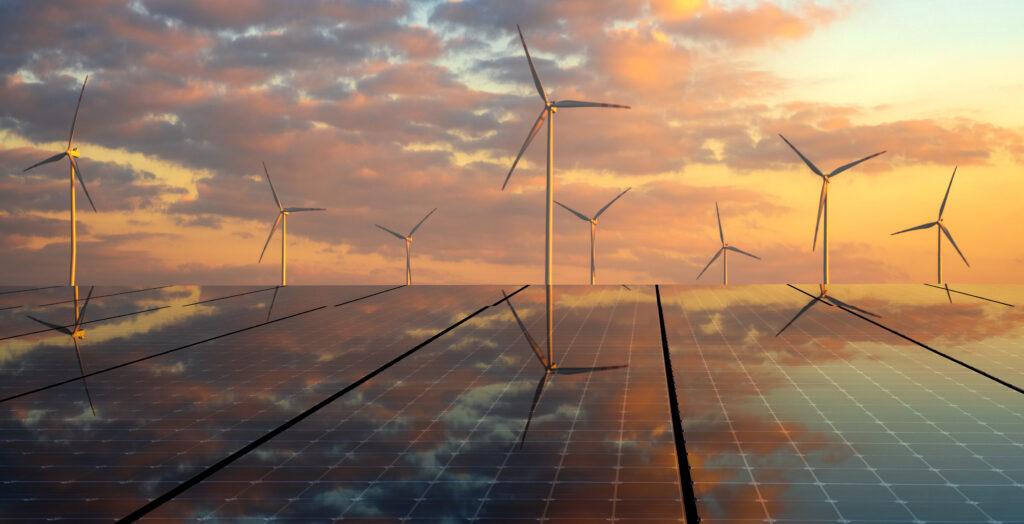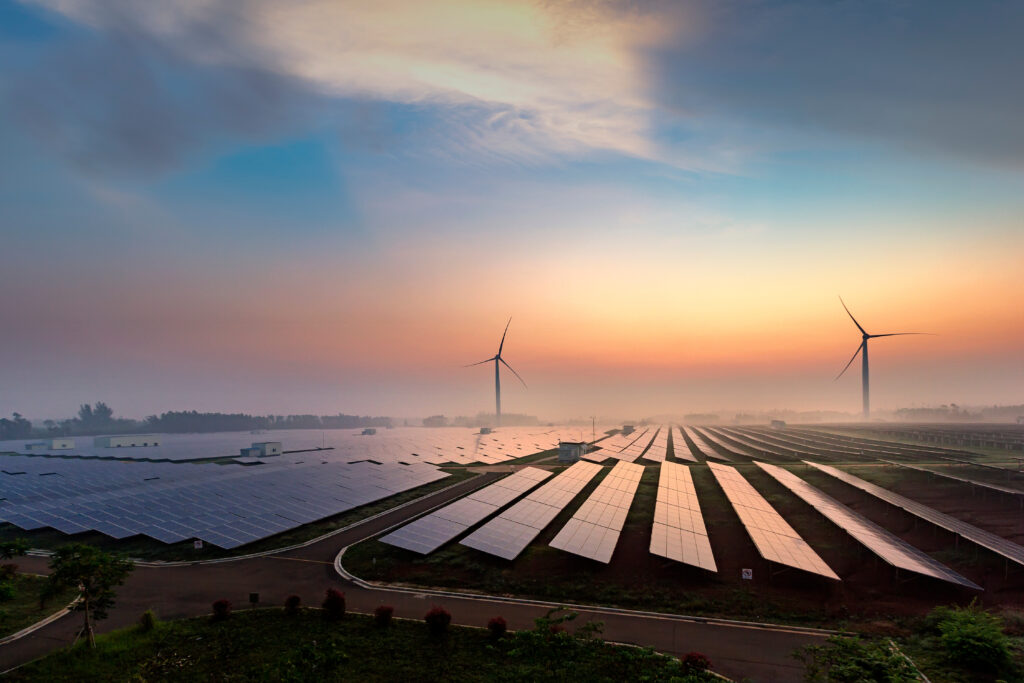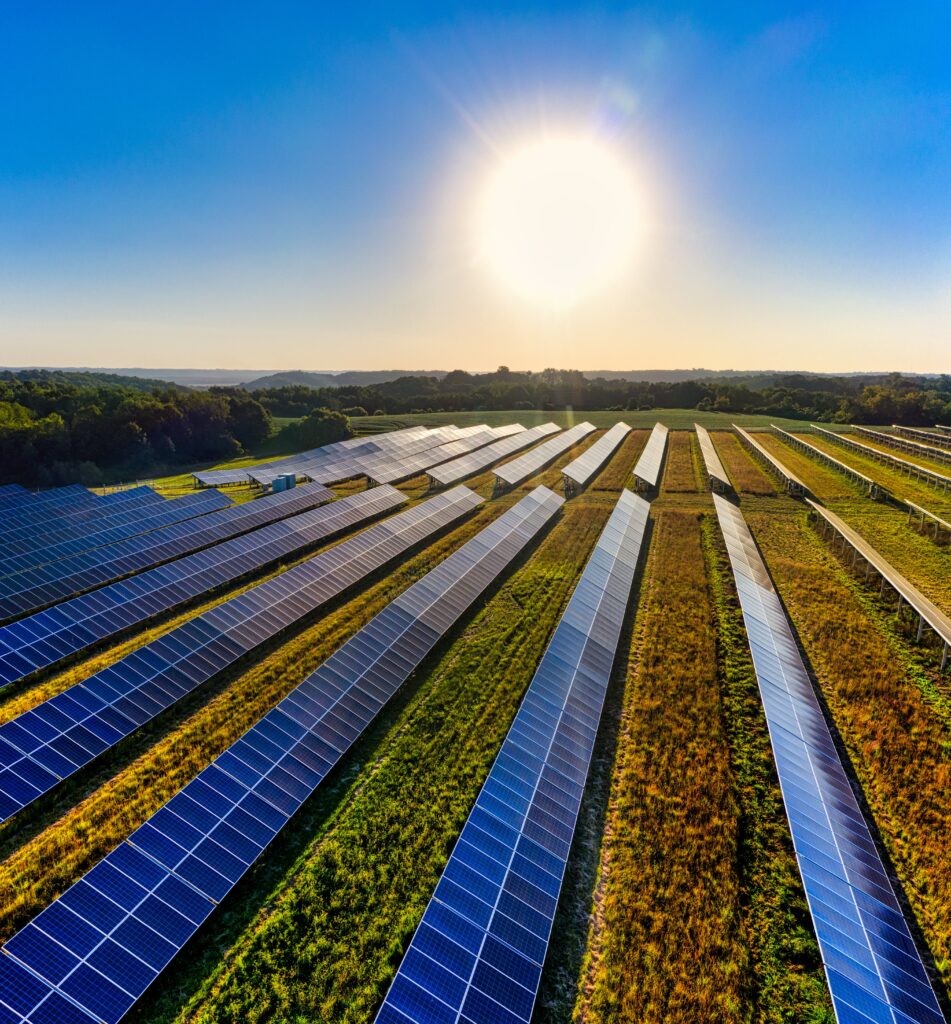



Promoting renewable energy is a significant step towards creating a sustainable future. However, this transition is not without its challenges. Below is an exploration of some of the primary hurdles faced by communities, governments, and businesses in promoting renewable energy technologies.
1. Financial Barriers
Financial constraints remain one of the substantial barriers to implementing renewable solutions. Initial investments for technologies like solar panels, wind turbines, and biomass systems can be daunting. Despite the cost of renewable technology decreasing over the years, securing funding is often a challenge. Many renewable projects rely on government subsidies or grants, which can be inconsistent or vulnerable to political changes. Consequently, communities may struggle to find the necessary capital to invest in renewable energy infrastructure.
2. Policy and Regulatory Challenges
The promotion of renewable resources is significantly affected by policy frameworks. In many regions, renewable energy policies are inconsistent and can change drastically with shifts in government. This volatile regulatory landscape introduces uncertainty for potential investors and project developers. When supportive policies such as tax incentives or renewable energy mandates are retracted, it can delay or derail renewable projects, leading to a reliance on fossil fuels and complicating the transition to cleaner energy.
3. Infrastructure Limitations
Existing energy infrastructure in many regions is primarily geared towards fossil fuel energy sources. Most electricity grids were designed to handle centralized fossil fuel power generation, making it challenging to integrate distributed renewable sources such as wind or solar power. As a result, significant investments in grid updates and enhancements are necessary to facilitate the incorporation of renewable energy. This requirement for infrastructure overhaul is often met with resistance, particularly in areas where budget constraints are prevalent.
4. Intermittency and Energy Storage
Many renewable energy sources, particularly solar and wind, are intermittent, meaning they do not provide a consistent energy supply. Effective energy storage systems are essential to manage supply and demand adequately. However, the technology for large-scale energy storage is still developing and can be expensive. This lag in energy storage development poses challenges to the reliability of renewable energy systems, leading to hesitance among stakeholders to commit to investing in renewables.
5. Limited Public Awareness and Acceptance
Lack of awareness among the general public can hinder the acceptance of renewable energy projects. Many individuals do not fully understand the benefits and functionalities of renewable technologies, leading to skepticism. Local communities often express concerns over land use, aesthetics, and environmental impacts associated with renewable installations like wind farms or solar arrays. To build support, increased public engagement and education campaigns are crucial to inform communities about the benefits of renewable energy and alleviate fears.
6. Technical Challenges in Integration and Management
Integrating renewable energy technologies into existing systems introduces a variety of technical challenges. These include grid balancing, effective management of distributed generation resources, and guaranteeing the reliability of energy supply. Without adequate management strategies, the shift to renewable energy can lead to grid instability. Technical expertise is needed to address these complexities, and there is often a shortage of skilled personnel in the renewable energy sector.
7. Market Competition
The renewable energy sector often faces tough competition from established fossil fuel industries. Large fossil fuel companies with significant capital resources may lobby against sustainable energy initiatives to maintain their market dominance. This competition can make it difficult for renewable energy projects to secure the necessary political and financial backing, perpetuating the reliance on traditional energy sources.
8. Supply Chain Vulnerabilities
Many renewable technologies depend on global supply chains for essential components. Events such as geopolitical tensions, trade disputes, or pandemics can disrupt these supply chains and lead to shortages or increased costs for renewable energy projects. This reliance on international manufacturers creates vulnerabilities in the local application of renewable technologies.
Conclusion
To promote renewable technologies solutions effectively, stakeholders at all levels—governments, businesses, and communities—must work collaboratively to address these challenges. Creating stable policies, investing in infrastructure improvements, advancing energy storage technologies, and increasing public awareness are essential steps towards overcoming these barriers. As renewable energy continues to evolve, embracing innovative solutions and fostering supportive communities will be crucial in achieving a sustainable energy future.
By recognizing and innovating solutions to these challenges, we can pave the way for a cleaner and more sustainable energy landscape that benefits both the environment and society as a whole.
Stay informed and engaged with renewable energy developments at Andromeda Energy.
For Further Detail
https://www.renewableenergyworld.com/


Leave a Reply